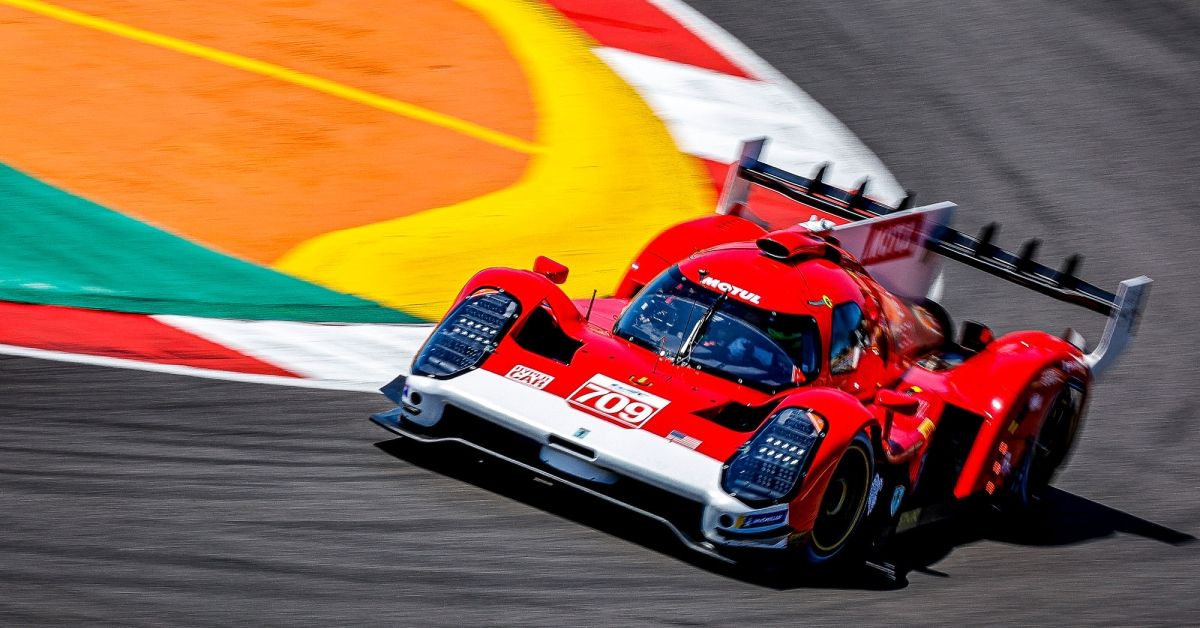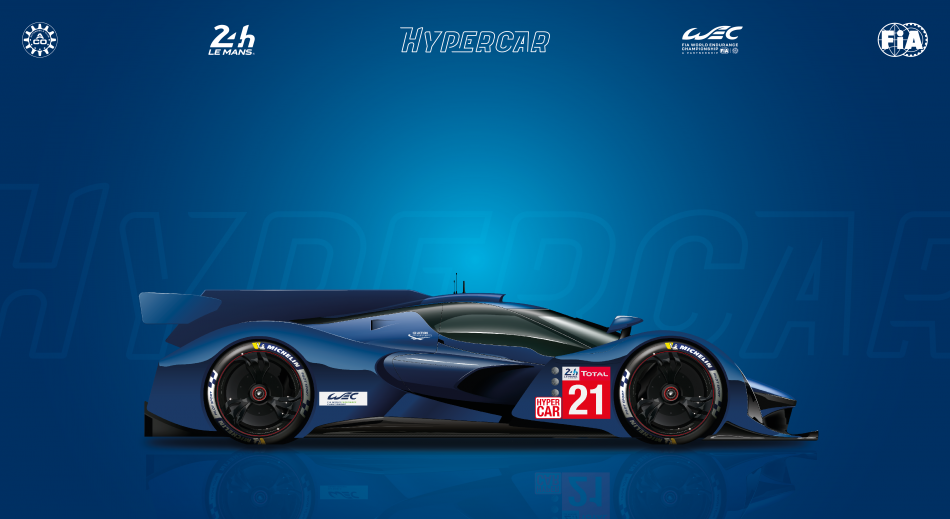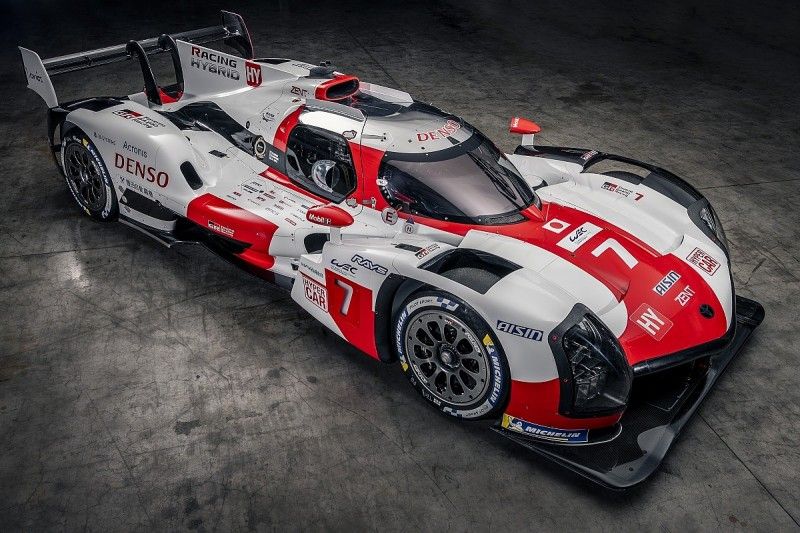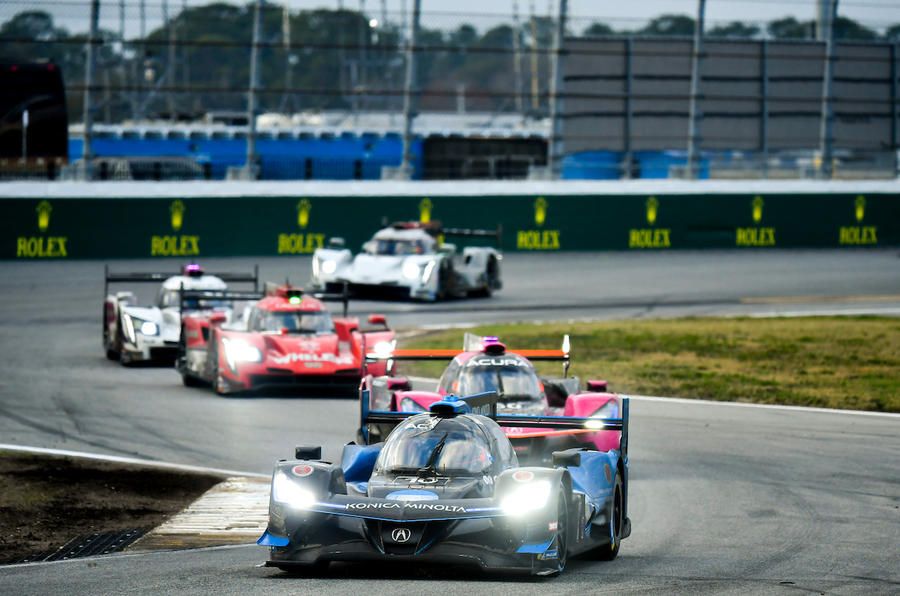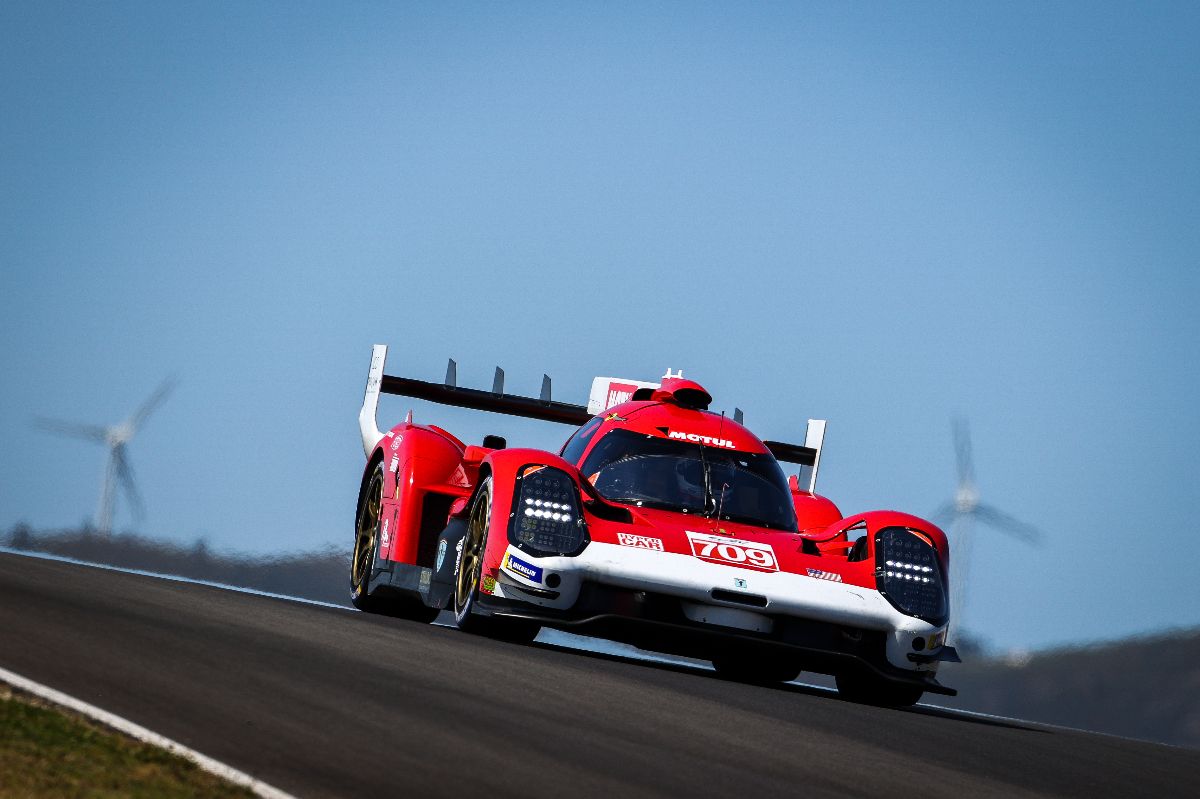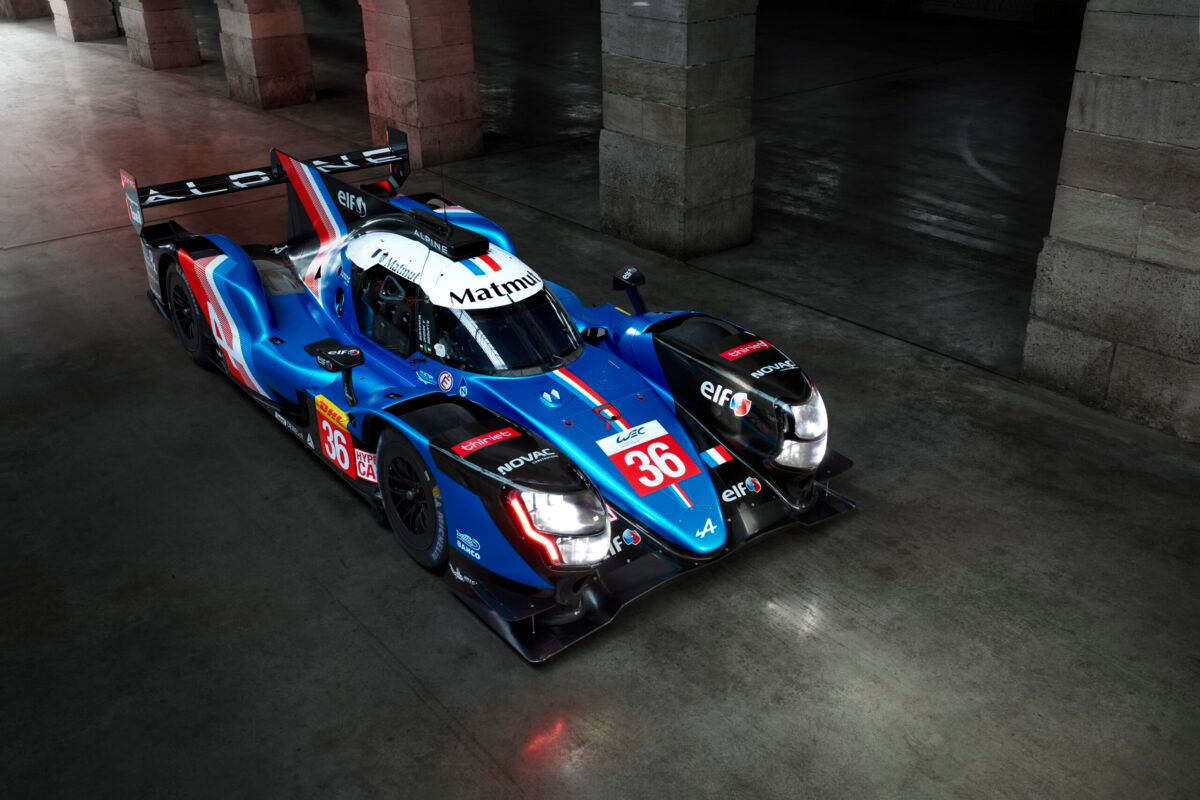It is fair to say that the World Endurance Championship and Le Mans haven’t had an easy ride over the last few years. Ever since Audi exited the series in 2016, followed by Porsche in 2017, it's left Toyota as effectively the only outfit able to win any races, save for the odd balance of performance-assisted win for Rebellion in the past year or so. The LMP1 era effectively died after Audi and Porsche left, and the GTE Pro category has massively thinned out with the absence of BMW, Ford, and even Aston Martin, who have decided to focus on Formula 1.
In order to save the top flight of endurance racing, the FIA created the hypercar category, which initially would be utilized by Aston Martin, Toyota, Glickenhaus, and latterly Peugeot, before again Aston Martin bailed on the category to focus on Formula 1. In America, the Daytona Prototypes category has been changed to create the Le Mans Daytona Hybrid category from 2022 onwards, which will allow Daytona prototypes to compete at both Le Mans, the IMSA series, and in the World Endurance Championship itself. With a whole host of manufacturers interested again, Le Mans and the WEC could be in for a golden era.
Hypercars Explained
To get an idea of how good the racing may end up being, we have to look at what the Hypercar and Daytona Hybrid categories are. The Hypercar category is the one in which Toyota and Glickenhaus are currently competing in, with Peugeot and ByKolles set to join the category in 2022 onwards, with Ferrari joining in on the fun in 2023. The category allows for both hybrid and non-hybrid powertrains to be utilized, and the cars are much simpler and complex compared to their LMP1 counterparts. The peak power is restricted to 671 hp, although each manufacturer and team can produce that power in any way they like, with Toyota using a 3.5-liter twin-turbo V6 engine.
The cars are around five seconds a lap slower at standard WEC race venues and around 10 seconds slower, predicted, at the Le Mans circuit. Alpine is also competing in the Hypercar category, with their A480 prototype. However, the Alpine is a grandfathered LMP1 car, a copy of the Rebellion R-13 LMP1 machine, and is powered by a 4.5-liter V8 engine, but inline with the new Hypercar rules. Glickenhaus and Peugeot are both fielding and set to field dedicated Hypercars.
Le Mans Daytona Hybrid Explained
Where it perhaps gets more interesting though is in the Le Mans Daytona Hybrid, or LMDh category. As of right now, this category, a sub-category effectively of Hypercars, will comprise BMW, Audi, Porsche, with Acura also joining the category and Cadillac expected to do so as well. Whilst BMW, Acura, and possibly Cadillac look set to just compete in the IMSA series with a Le Mans appearance, Porsche and Audi will compete in both the WEC and IMSA series, including the Daytona 24 Hours and Le Mans itself.
LMDh replaces the current DPi category, but there is a crucial difference between LMDh and Hypercar. Only four constructors can build an LMDh chassis, which are Ligier, Multimatic, ORECA, and Dallara. These chassis are based upon LMP2 cars, but the manufacturers can create their own bodywork and aero the chassis and of course their own engine. This is similar to the current DPi regulations. The beauty of LMDh is it is cheaper, but still allows for the big names to make a return to the top level of endurance racing, and it may allow us to see the likes of Acura and Cadillac compete for overall honors at Le Mans.
The Top Flight Is Back
What makes this all so exciting is that finally, multiple LMP1 cars will be in the mix for top honors again at Le Mans. The last few years have just seen Toyota fight it out pretty much on their own, and Toyota has won every Le Mans since 2018, and their nearest rivals of Rebellion were some 5 laps down in 2020. In effect, only two LMP1 cars were ever in contention for the win. This year though, at least five Hypercars will be in the mix, and for 2022 they will be joined by two Peugeot 9X8 machines, plus at least one ByKolles Hypercar to see eight cars in the mix at the Le Mans circuit and in the WEC.
With Audi, Porsche, and Ferrari, plus hopefully BMW coming into the fold for 2023, that’s at least 16 hypercars in the mix if they add in two cars each to the existing pool. Considering how good the action at Le Mans was when we had just three each of Porsche, Audi and Toyota, the action will once again be frenetic and no doubt feature some amazing wheel-to-wheel racing. There is still the possibility that other manufacturers may join, and with the rule set being much cheaper than that of LMP1, manufacturers such as Porsche may be able to do both Hypercar/LMDh plus their existing GTE Pro programs.
A Golden Era Awaits
Le Mans has waited a long time to see a return of a large field in the top category for the overall win. The last few years have certainly been difficult for fans of the iconic race, watching just two cars have any sort of shot at victory, with it being particularly hard in 2020 with no fans allowed at the race. This year, the fans return, and they will see five cars compete for overall honors at Le Mans, and even more cars will be doing so in 2022. Finally, Le Mans looks set to be entering another golden era of racing.
Sources: FIA, Autosport, Daily Sports Car, Autocar, Motorsport Week, Racecar Engineering, WEC, Motorsport Magazine

